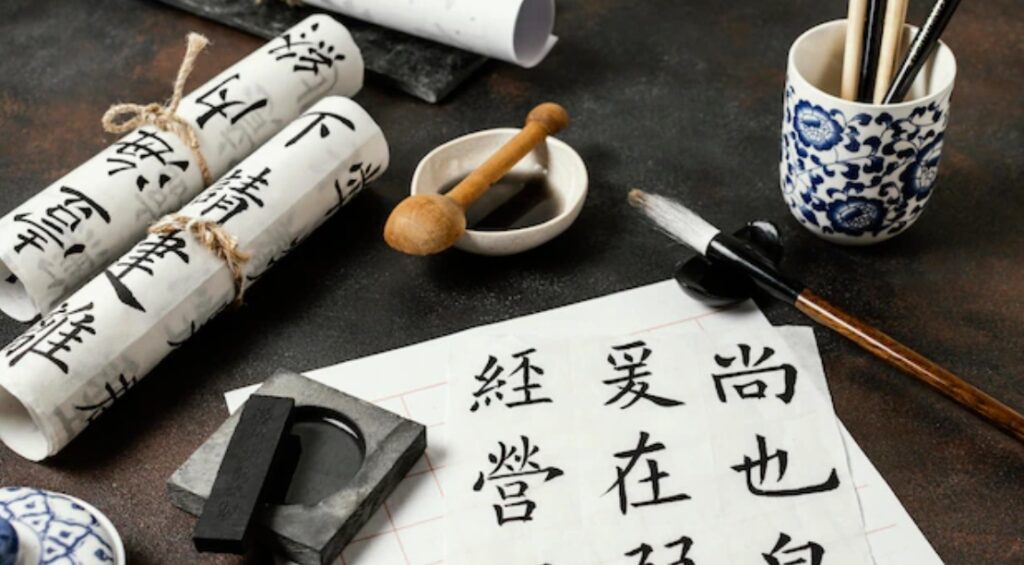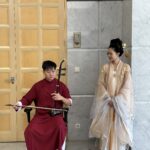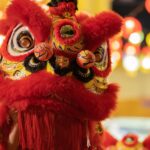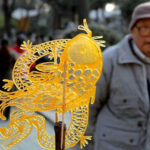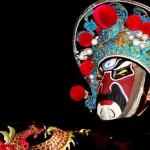Chinese calligraphy, often referred to as “Shūfǎ” (书法) in Mandarin, is a timeless art form that has been cherished for centuries. It is a harmonious blend of writing, painting, and cultural expression, allowing the artist to convey not only words but also emotions and aesthetics through the graceful strokes of a brush. In this exploration of Chinese calligraphy, we dive into its rich history, its distinct styles, and the profound cultural significance it holds.
The History of Chinese Calligraphy: A Journey Through Time
The origins of Chinese calligraphy can be traced back over 2,000 years to the Shang Dynasty. Initially, calligraphy served as a means of communication, used for recording events, writing official documents, and expressing one’s thoughts and feelings. Over time, it evolved from a practical skill into a revered art form.
Distinct Styles of Chinese Calligraphy: Expressions of Individuality
Chinese calligraphy boasts a multitude of distinct styles, each with its unique characteristics, stroke techniques, and artistic expressions. Some of the most renowned styles include:
Regular Script (楷书, Kǎishū): Known for its clear and concise strokes, Regular Script is often used in formal writing and printing. It is characterized by its square shapes and even lines.
Cursive Script (草书, Cǎoshū): Cursive Script is a free-flowing and expressive style, where the characters are often simplified and connected by flowing strokes. It conveys a sense of movement and spontaneity.
Seal Script (篆书, Zhuànshū): Seal Script is the oldest form of Chinese calligraphy, characterized by intricate and angular characters. It was traditionally used for seals and official documents.
Running Script (行书, Xíngshū): Running Script strikes a balance between the formality of Regular Script and the fluidity of Cursive Script. It is commonly used in everyday handwriting.
Semi-cursive Script (半草书, Bàncǎoshū): Semi-cursive Script is a middle ground between Cursive and Running Scripts. It retains some formality while allowing for expressive and connected strokes.
Cultural Significance of Chinese Calligraphy: Beyond Words
Chinese calligraphy is deeply ingrained in Chinese culture, and it transcends the mere act of writing. It is considered a reflection of one’s character, emotions, and inner self. Practitioners of calligraphy often spend years honing their skills, striving to achieve a state of “heart and mind in harmony with the brush.”
In addition to its artistic value, calligraphy has played a pivotal role in disseminating Chinese culture, philosophy, and literature. Famous calligraphers throughout history have left behind masterpieces that continue to inspire and evoke admiration.
The Practice of Chinese Calligraphy: An Art for All
Chinese calligraphy is not limited to a select few; it is an art accessible to anyone willing to learn and practice. It demands patience, discipline, and an appreciation for tradition. Whether you’re an aspiring calligrapher or an art enthusiast, exploring the world of Chinese calligraphy can be a rewarding and enlightening experience.
In conclusion, Chinese calligraphy is a living testament to the enduring beauty of Chinese culture and the power of artistic expression. It invites us to appreciate the elegance of brush strokes, the wisdom of ancient sages, and the essence of Chinese heritage. Through the strokes of a brush, Chinese calligraphy continues to bridge the gap between the past and the present, inviting us to connect with a profound artistic tradition that has shaped generations.

